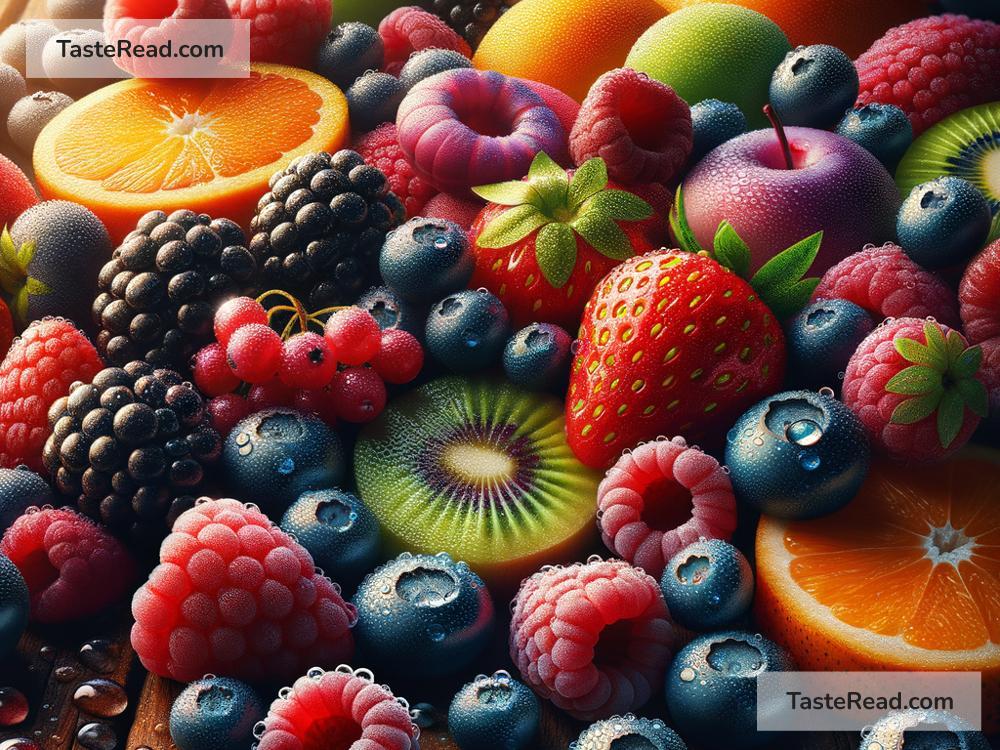The Art of Close-Up Shots: Bringing Ingredient Details into Sharp Focus
In the world of photography, details matter, especially when it comes to capturing the essence of ingredients in your images. Whether you’re an aspiring food blogger, a culinary enthusiast, or simply someone who appreciates the beauty in the small things, learning how to take close-up shots can transform your photos from good to mouth-wateringly irresistible. But how exactly do you emphasize those tantalizing details in your close-up shots? Let’s dive into some simple, practical tips that will elevate your photography game.
1. Lighting is Your Best Friend
The first secret to stunning close-up shots is lighting. Natural light is your ally here, offering a soft, diffuse glow that beautifully highlights the textures and colors of your ingredients. Position your subject near a window, but avoid direct sunlight, which can create harsh shadows and overexposed spots. A simple sheer curtain can act as a perfect filter, softening the light just right. Remember, great lighting can make or break your close-up shots, so use it wisely!
2. Get Up Close and Personal
The essence of a close-up shot is, well, getting close! Don’t be shy to bring your camera lens right up to the ingredient you’re capturing. The goal is to fill your frame with as much of the subject as possible, eliminating distracting backgrounds. This doesn’t mean you need a high-end camera – many smartphones today offer impressive macro capabilities. Engage the macro setting if your camera has it, or manually get closer until your subject is in sharp focus. The details will start popping out in a way you’ve never noticed before.
3. Stability is Key
When you’re zoomed in on a subject, every tiny movement is magnified. To prevent blurry images, stabilize your camera. Using a tripod is an ideal solution, but if you don’t have one, don’t worry. Resting your camera or arms on a solid surface, or even holding your breath as you take the shot, can significantly reduce shake. Remember, stability ensures clarity, and clarity is what makes those details shine.
4. Play with Depth of Field
Depth of field refers to how much of your image is in sharp focus. A shallow depth of field (when only your subject is in focus and the background is blurred) can really make your ingredient stand out. You can achieve this by using a wider aperture (a lower f-number) if your camera allows you to adjust this setting. This technique draws the viewer’s eye directly to the intricate details of your subject, giving your close-up shots that professional edge.
5. Composition Matters
Even in close-up photography, how you compose your shot can make a huge difference. Don’t just center your subject; experiment with different angles and perspectives. Maybe a side angle emphasizes the texture better, or positioning your ingredient off-center according to the rule of thirds creates a more interesting shot. Play around and see what composition makes your subject’s details pop the most.
6. Patience and Practice
Lastly, the not-so-secret ingredient to fantastic close-up shots is patience, coupled with lots of practice. Not every shot will turn out the way you visualize it, and that’s okay. Every failed attempt is a learning opportunity. Keep experimenting with light, angles, and settings. Over time, you’ll develop a keen eye for what works best in emphasizing those intricate details in your close-up shots.
Conclusion
Taking close-up shots that truly showcase the beauty of ingredients is an art form in itself. It requires a mix of technical know-how, creative vision, and patience. But the rewards are worth it – you’ll end up with images that not only capture the eye but also stir the senses. So grab your camera or smartphone, find some interesting ingredients, and start exploring the world of close-up photography. With these simple tips, you’re well on your way to capturing the stunning, minute details that might otherwise go unnoticed. Let your culinary creations and natural treasures shine like never before!


